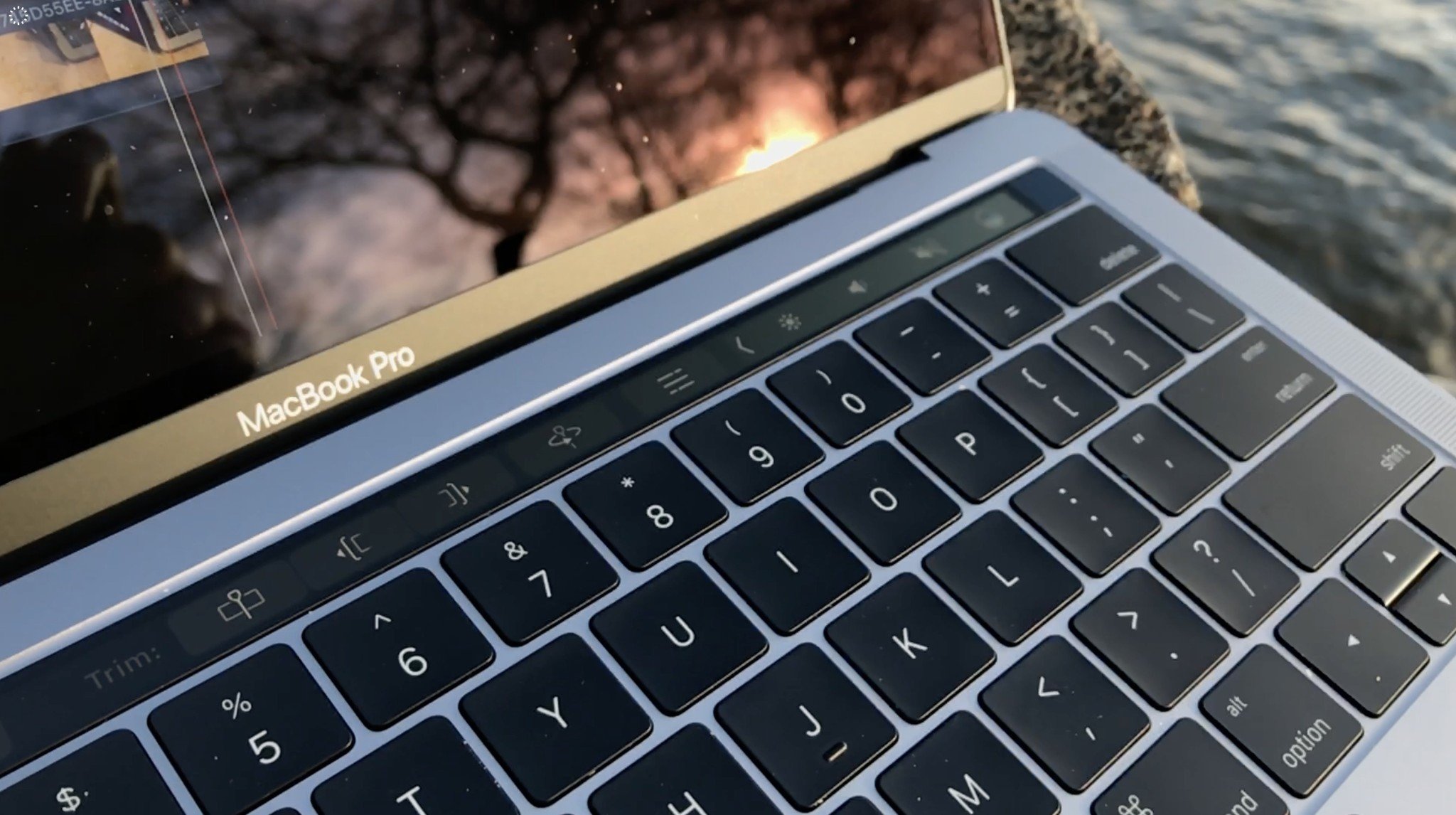The Microsoft Remote Desktop experience on Apple M1 devices just got better.
What you need to know
- Microsoft Remote Desktop now natively supports Apple silicon, including Apple's M1 chips.
- The update also brings several other features, including client-side IME support for using Unicode keyboard mode.
- Microsoft also recently improve the underlying code of the app across all clients.
Microsoft Remote Desktop recently received a major update that brings native support for Apple's silicon, including Apple's M1 chips. The update should bring better performance and efficiency for the app on devices like Apple's new M1 MacBook Pro. The update also brings several other improvements and fixes, as well as a couple of new features.
Here's everything that's new in the recent update.
In this release we've made some significant updates to the shared underlying code that powers the Remote Desktop experience across all our clients. We've also added some new features and addressed bugs and crashes that were showing up in error reporting.
- Added native support for Apple Silicon.
- Added client-side IME support when using Unicode keyboard mode.
- Integrated Kerberos support in the CredSSP security protocol sequence.
- Addressed macOS 11 compatibility issues.
- Made updates to improve interoperability with current and upcoming features in the Windows Virtual Desktop service.
- Made fixes to address mispaints when decoding AVC data generated by a server-side hardware encoder.
- Addressed an issue where windows from remoted Office apps were not visible despite being present in the app switcher.
Note that this app now requires macOS 10.14 or later.
In addition to bringing native Apple silicon support, Microsoft recently made significant updates to the underlying code that powers Microsoft Remote Desktop.
If you want to use Windows 10 on your MacBook or other macOS devices, you can also check out Parallels Desktop 16.5. Parallels just rolled out an update with Apple silicon support, giving you another option for pairing Windows 10 with Apple hardware.
Microsoft Remote Desktop
Free at Google Play Free at App Store (iOS) Free at App Store (macOS)
With this app, you can access PC or virtualized apps on a wide range of devices. Now, it natively supports Apple's silicon, including Apple's M1 chips.








0 comments:
Post a Comment